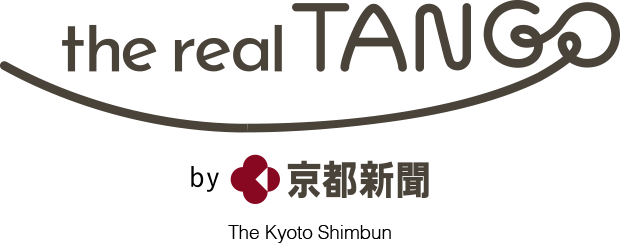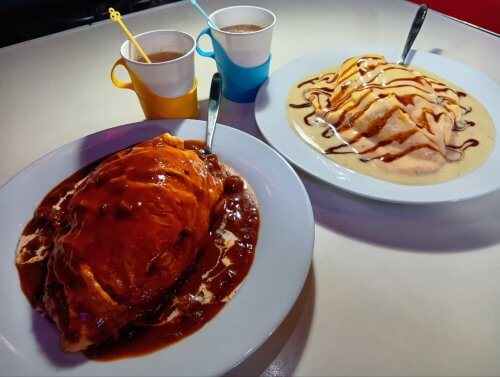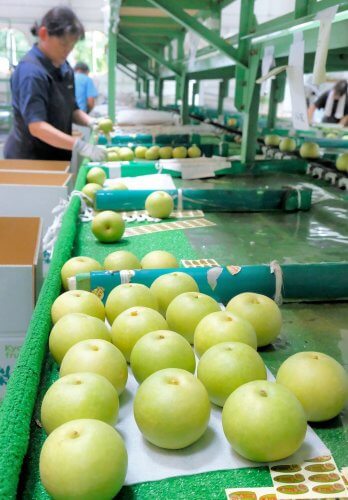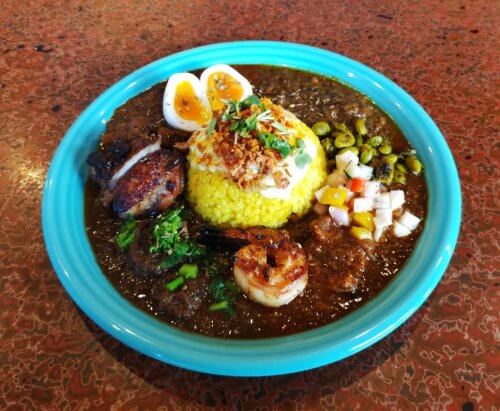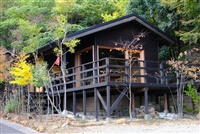Tango & South Korea – Collaborating in Cuisine – Local Ingredients & Fusing Traditions
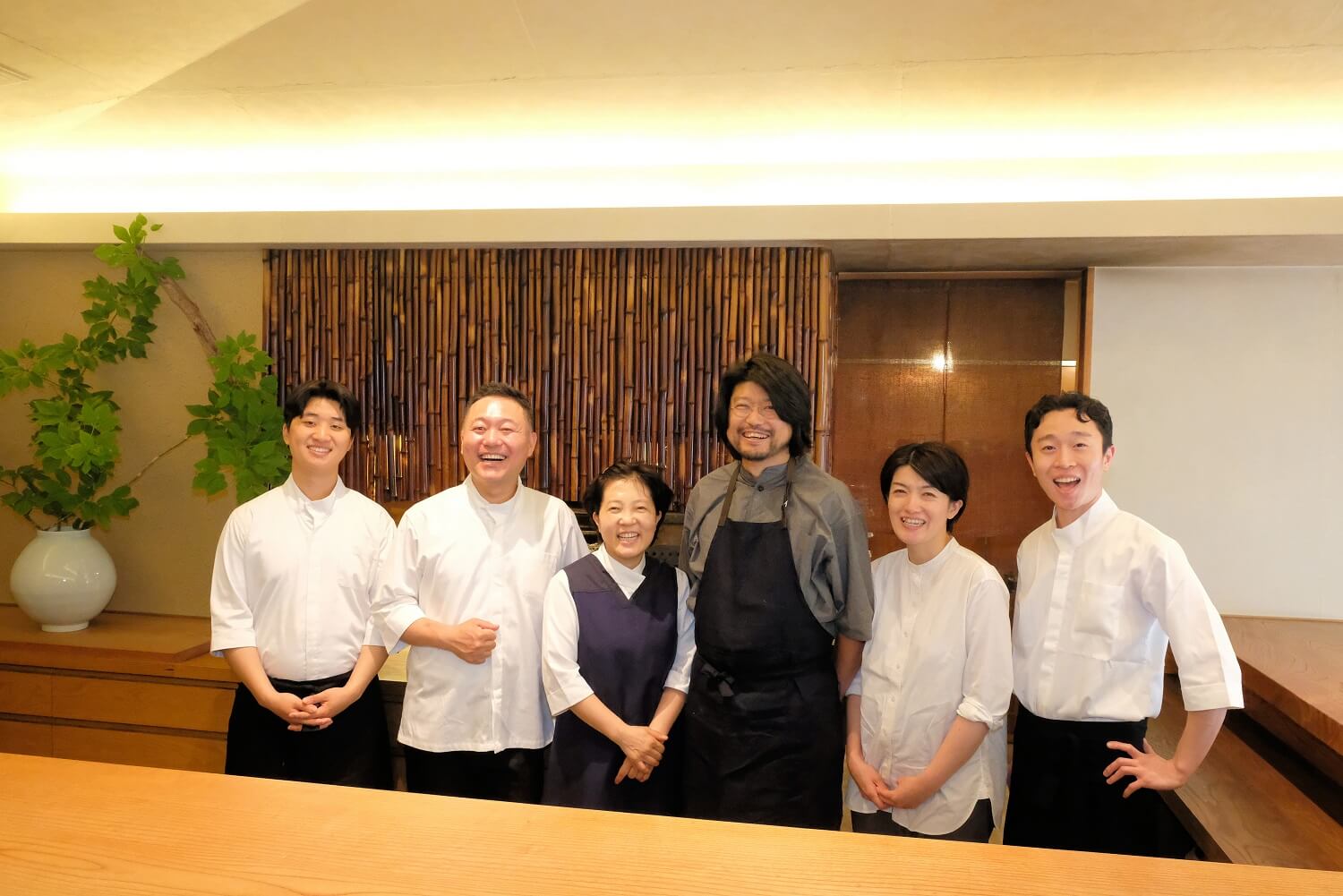
In early June, a dinner party was held at Nawaya restaurant in Kyotango’s Yasaka-cho and Japanese and Korean chefs collaborated to create a meal . The dinner was the first part of a project run by incorporated nonprofit organizations in the Kyotango aiming to link Japanese and Korean cultures through food, handicrafts and art. The chefs learned about each other’s techniques and culture while devising a menu that fused local ingredients with traditional Korean cuisine.
The dinner party forms part of a project called “SEA BRIDGES” launched by nonprofit organization TOMORROW (Sakyou-ku, Kyoto City), which is developing art movements in the Taiza district of Kyotango’s Tango-cho, in collaboration with the ONJIUM Cultural Heritage Research Institute in Seoul, South Korea.
With this year’s theme “Our Future Meal 2030” in mind, Chefs Cho Eun-hee (54) and Park Sung-bae (45) from ONJIUM’s traditional Korean restaurant came to Japan and created a menu with internationally highly acclaimed Nawaya restaurant chef Yukinori Yoshioka (50). They served 12 dishes at Nawaya, feeding a crowd of 30 from Kyoto, Kyotango, Tokyo, South Korea and beyond.
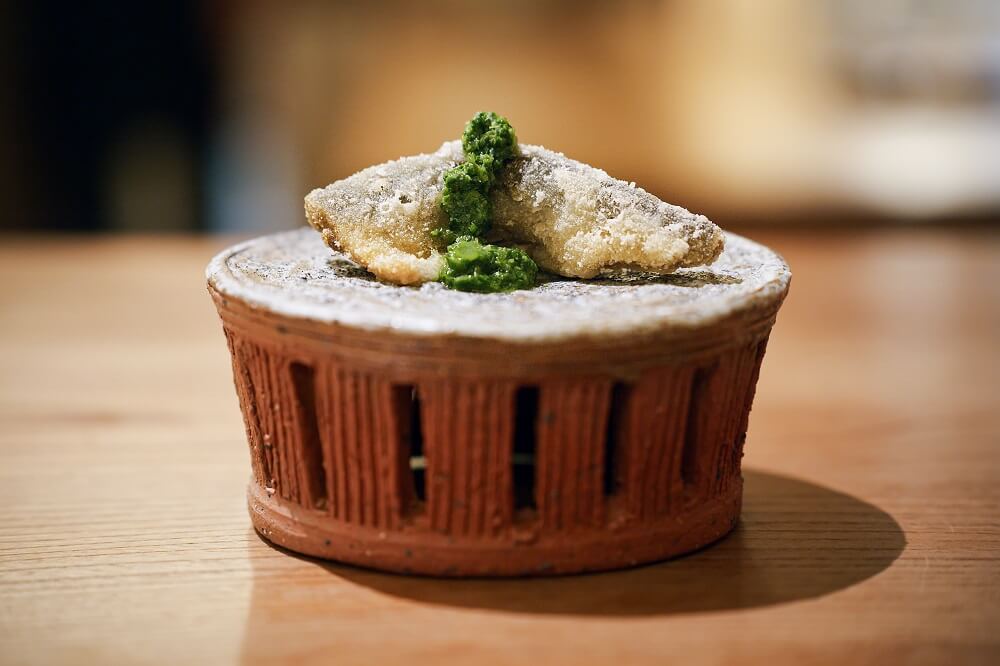
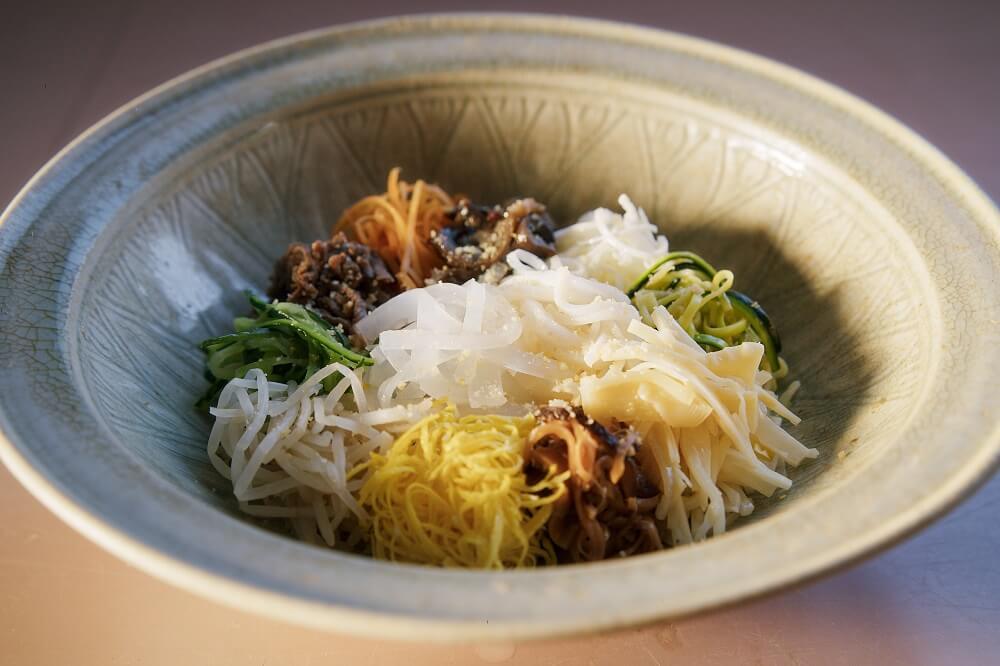
At the dinner party, the Korean traditional dish Tangpyeong-chae, which focuses on the harmony between the colors, flavor and nutritional value, was served using noodles made of solidified mung bean starch, vegetables picked in Mr Yoshioka’s own garden and bamboo shoots from madake timber bamboo only found in Japan.
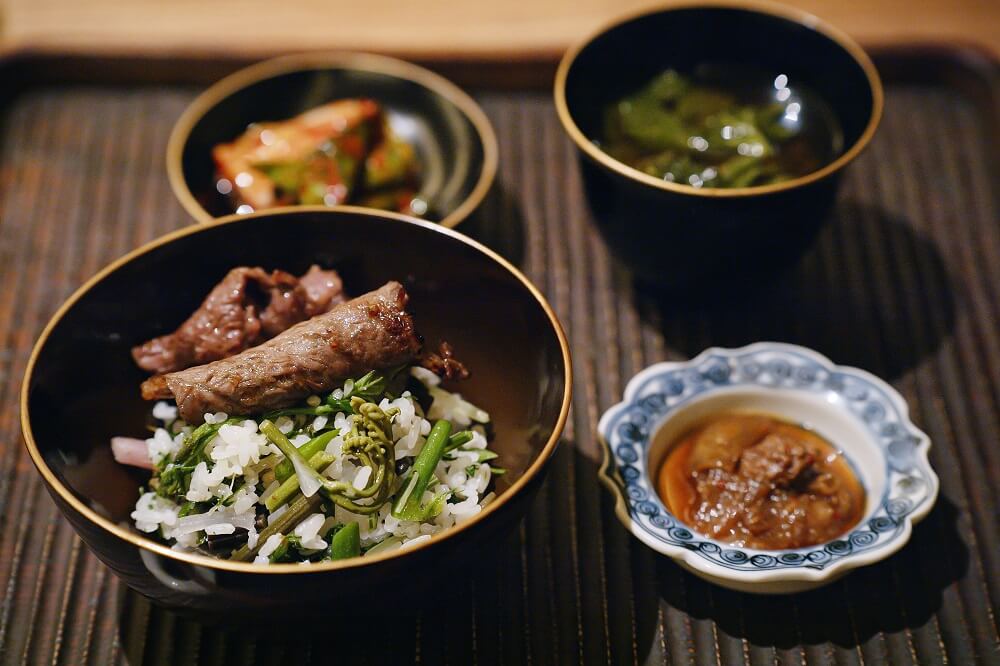
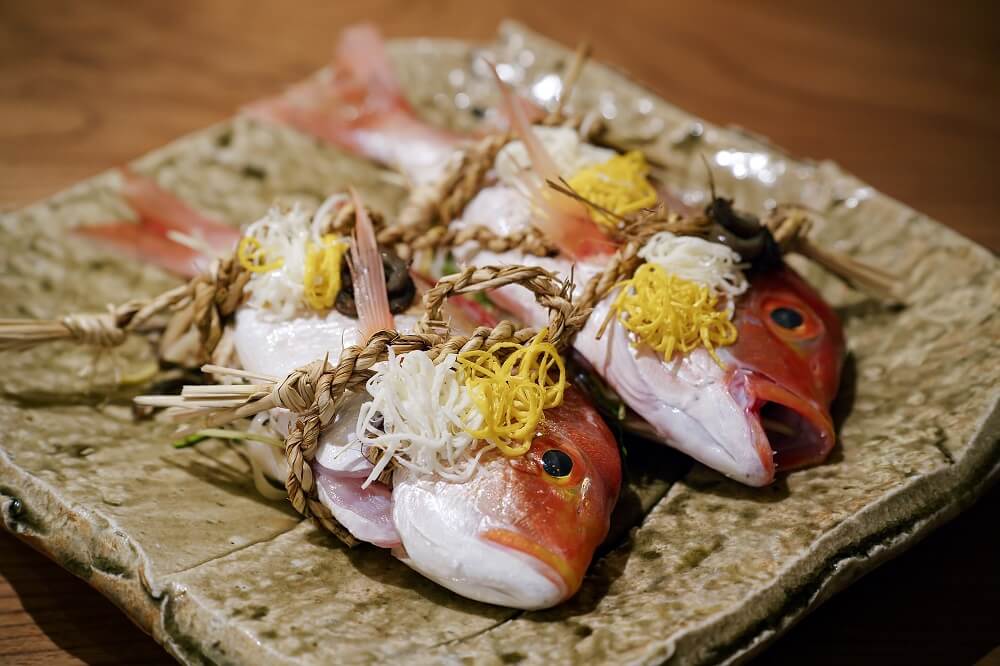
In addition to Deer Meat Bibimbap and Japanese-Korean style miso soup, the chefs served Steamed Lotus Root Sea Bream with White Kimchi. There was also Sweetfish Tempura with Arugula sauce and Northern Kyoto local specialty Torigai clams and Manganji pepper dishes.
The two Korean chefs stated they were fascinated by the fresh vegetables, seafood and meat, and Mr Park explained that he was “impressed not only by the food at Nawaya and how it did not yield to traditions, but also by the attention to detail with the flower decorations and even the plates”.
Mr Yoshioka plans to visit South Korea this October and stated that “it was a valuable learning experience getting to blend and serve Korean ingredients. I want to cook Korean ingredients through my own filter.”
In November, Japanese and Korean craftspeople will work together as part of a collaborations in crafts and will create folding screens with Korean patterns, partitioning screens using Korean textiles and more, which will be exhibited in Taiza, Tango-cho (Kyotango).
Copyright © The Kyoto Shimbun
Translated by Kyotango City Tourism Association
